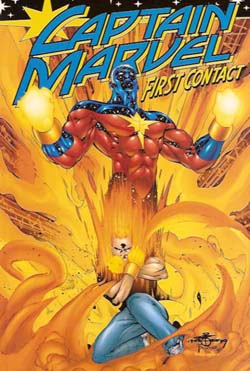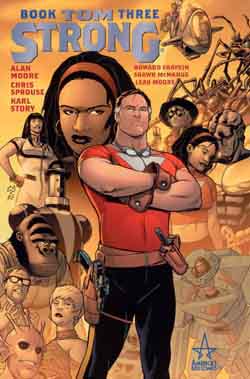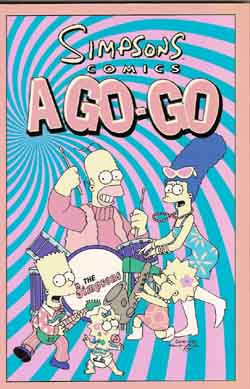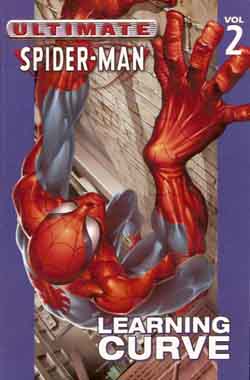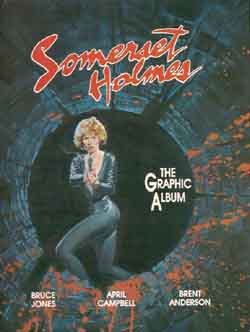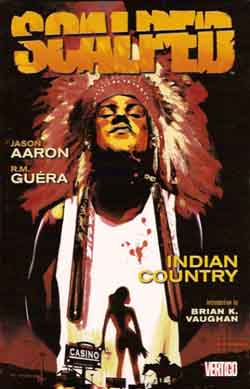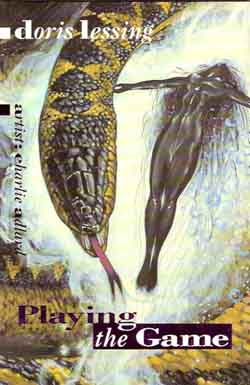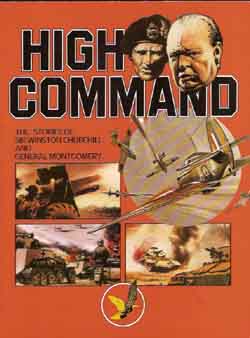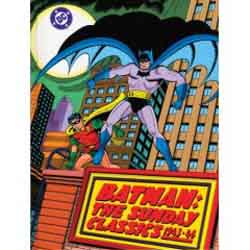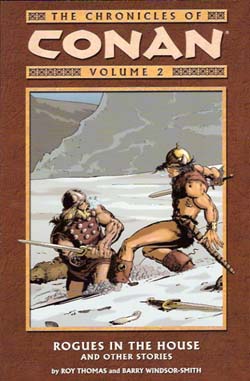
By Roy Thomas & Barry Windsor-Smith (Dark Horse Books)
ISBN: 1-84023-785-6
The second Dark Horse collection of Marvel’s 1970’s Conan epics covers a period when the character had taken the comics world by storm, and features two creators riding the crest of a creative wave. Reprinting issues #9-13 and #16 of the monthly comic-book this volume opens with ‘Garden of Fear’, adapted by Thomas and Smith, with inks by Sal Buscema from the short story by Robert E. Howard, a battle with an antediluvian survivor in a lost valley.
Returning to the big city, our hero must ‘Beware the Wrath of Anu!’, another Howard tale, as is the eponymous ‘Rogues in the House’, an early masterpiece of action and intrigue. ‘Dweller in the Dark’ is an all original yarn of monsters and maidens, notable because artist Barry Smith inked his own pencils, and indications of his detailed fine-line illustrative style can be seen for the first time. Fantasy author John Jakes plotted ‘Web of the Spider-God’, a sardonic tale of the desert scripted by Thomas and inked by Buscema.
Chronologically, a two part team-up guest-starring Michael Moorcock’s Elric of Melniboné should follow but that’s held in abeyance and this book concludes with ‘The Frost Giant’s Daughter’, a haunting, racy tale written by Howard and originally adapted in black and white for Savage Tales #1.
This was an early attempt to enter the more adult magazine market, and when the story was reprinted in Conan #16, Smith’s art had to be censored to obscure some female body parts that youngsters might be corrupted by. Even so it’s still a beautiful pencil and ink job by Smith. It was also supposedly his last as he quit the series with that issue.
These re-mastered issues are a superb way to enjoy some of American comics’ most influential – and enjoyable moments. They should have a place on your bookshelf.
©1971-1972, 2003 Conan Properties International, LLC. All Rights Reserved.

